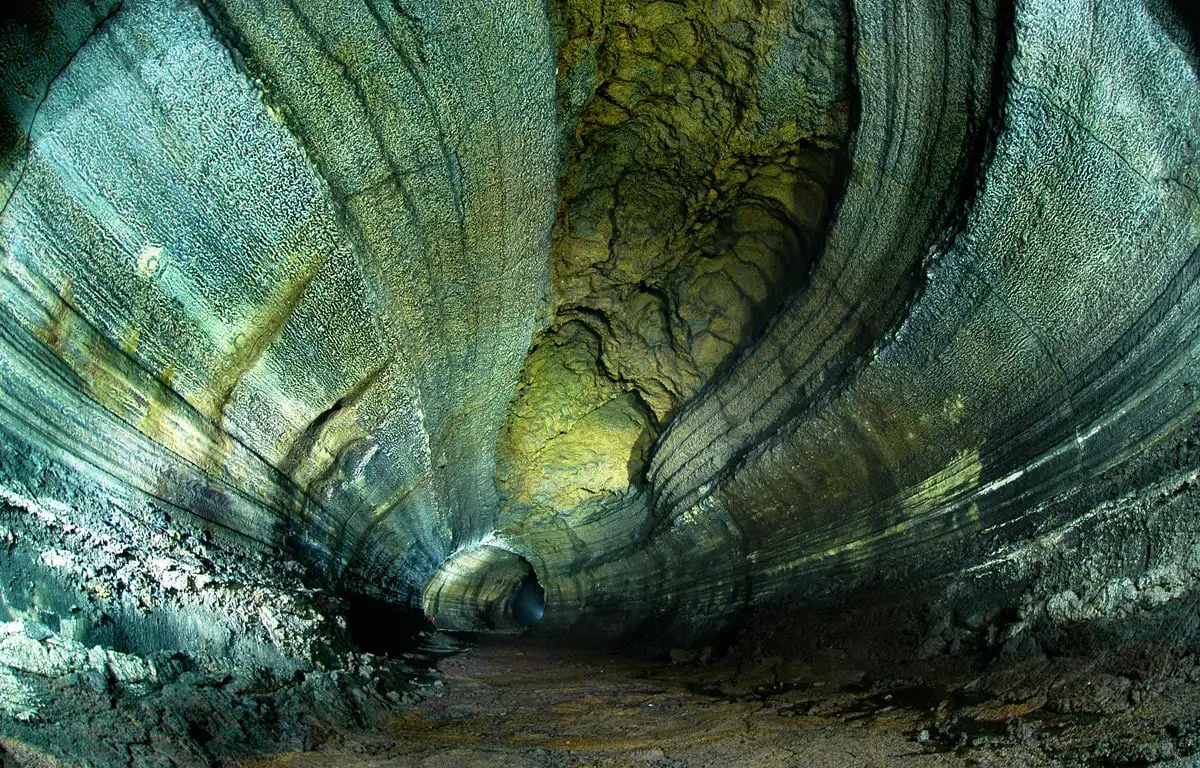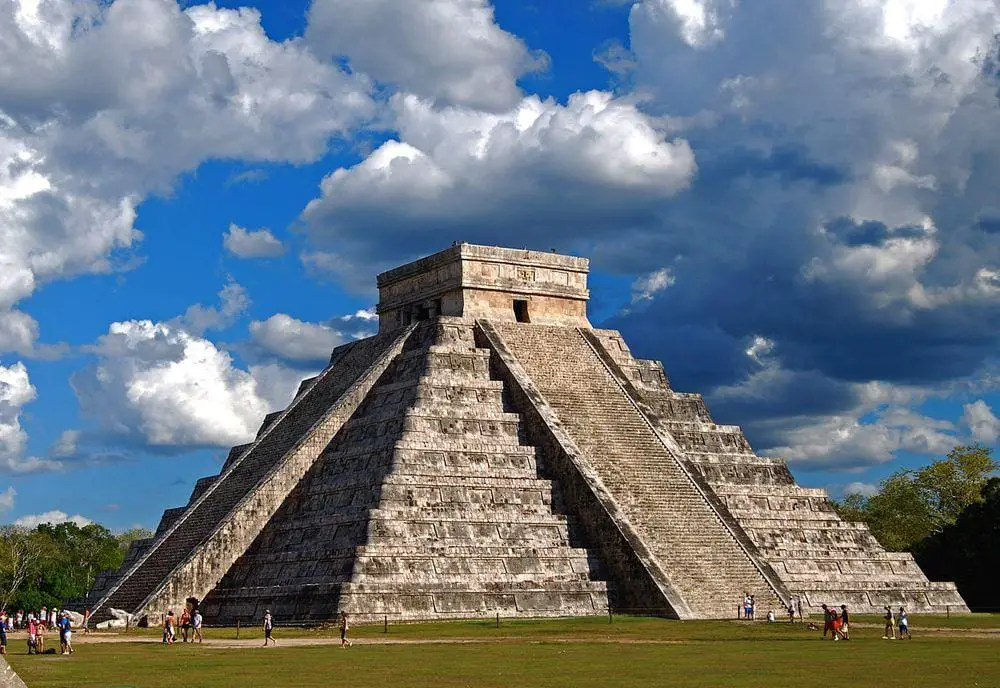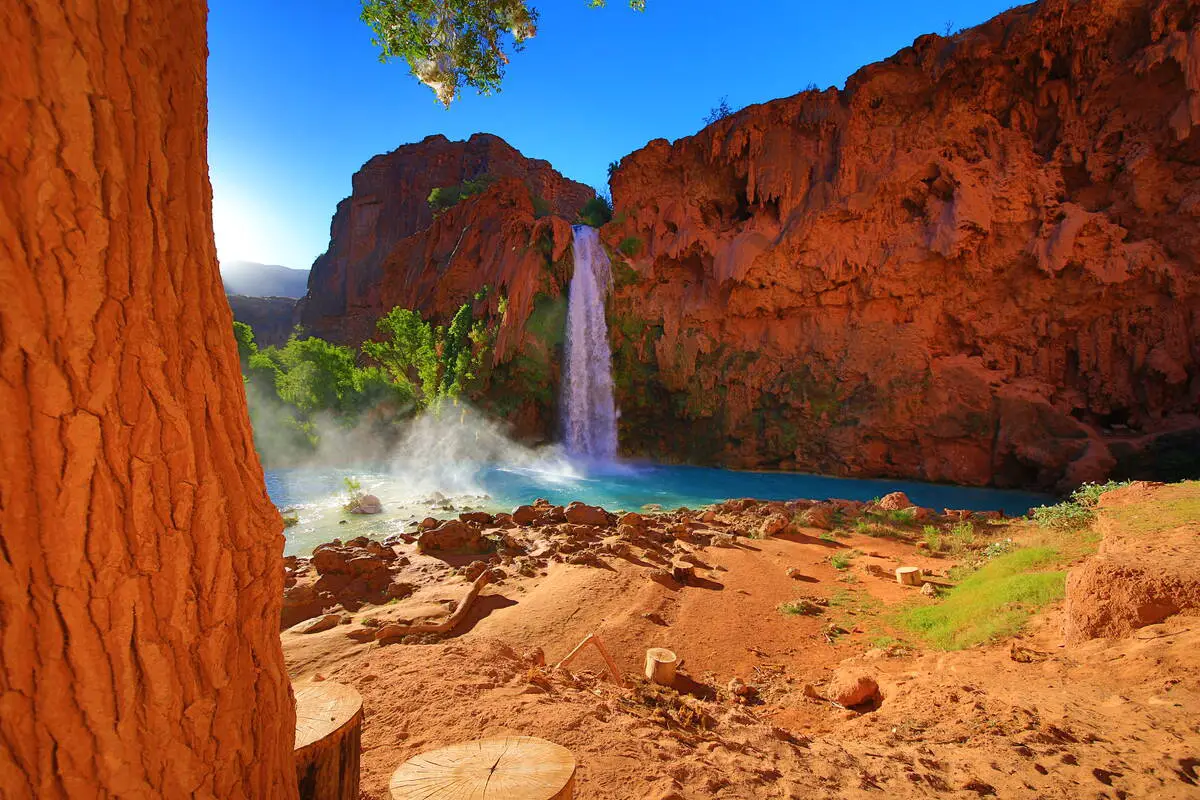World 🢖 North America 🢖 Mexico 🢖 Tamaulipas
Caves 🢔 Geological wonders 🢔 Categories of wonders
Wonder
Cavernas Las Quarteles, Sistema Zacaton
 In short
In short
The unique Sistema Zacatón contains several cave systems and the largest among them is Las Quarteles.
 37.0%
37.0%
GPS coordinates
Location, address
Alternate names
Length
Map of the site
If you see this after your page is loaded completely, leafletJS files are missing.
 In detail
In detail
Sistema Zacatón is an area with incredible characteristics unparalleled in the world. In total area contains some 20 unusual features – sinkholes, caves, springs created by deep groundwater heated by volcanic processes. Karstification processes here continue today as well – acidic groundwater continues to strip away the limestone and deposits it in unusual travertine formations.
Caves with fig trees
Las Quarteles is a dry, comparatively level cave with large passages, at some places ceiling is quite high. Caves are located close to the land surface and there are many (at least 11) collapse sinks with the sky and Mexican jungle above. The jungle comes inside the cave too: in some collapse sinks grow enormous fig trees – higerons, adding an eerie, unusual aura to caves. Some rooms on caves are inhabited by numerous bats.
In the northern and middle sections of the cave system the passages have variable cross-sections while the southern part has more even passages: possibly formed under the water level.
Unfortunately in some places the cave formations have been damaged and caves disfigured by graffiti.
References
- Marcus Gary, Las Quarteles, Sistema Zacatón, research homepage. Accessed on June 27, 2010
- Gary, R.H. 2005. Anthropogenic Activities and Karst Landscapes: A Case Study of the Deep, Thermal, Sulfuric Karst System in Tamaulipas, Mexico, University of Texas at Austin Masters thesis.
 Linked articles
Linked articles

Caves
Every year there are reported exciting discoveries of new caves and discoveries of new qualities such as cave paintings in the ones known before. But there still is a feeling that our knowledge covers just a small part of all these monuments of nature.
Though, those which are known to us, offer a surprising diversity of unusual features and impressive sights.

Wonders of Mexico
Few countries in the world can offer such an array of unique and astounding attractions as Mexico.
The area of this country was the cradle of several highly developed indigenous civilizations and some regions in the country are dotted with remnants of ancient cities with temples, palaces, and pyramids.

Wonders of North America
North America is a very diverse continent that extends from the northernmost land of the world to the moist tropical wilderness of Darien Gap. The most amazing wonders of North America are the prehistoric monuments of Mesoamerica, the geysers of Yellowstone, and colonial architecture.
 Recommended books
Recommended books
Hypogene Karst Regions and Caves of the World
This book illustrates the diversity of hypogene speleogenetic processes and void-conduit patterns depending on variations of the geological environments by presenting regional and cave-specific case studies. The cases include both well-known and newly recognized hypogene karst regions and caves of the world. They all focus on geological, hydrogeological, geodynamical, and evolutionary contexts of hypogene speleogenesis.
Encyclopedia of Caves and Karst Science
The Encyclopedia of Caves and Karst Science contains 350 alphabetically arranged entries. The topics include cave and karst geoscience, cave archaeology and human use of caves, art in caves, hydrology and groundwater, cave and karst history, and conservation and management. The Encyclopedia is extensively illustrated with photographs, maps, diagrams, and tables, and has thematic content lists and a comprehensive index to facilitate searching and browsing.


